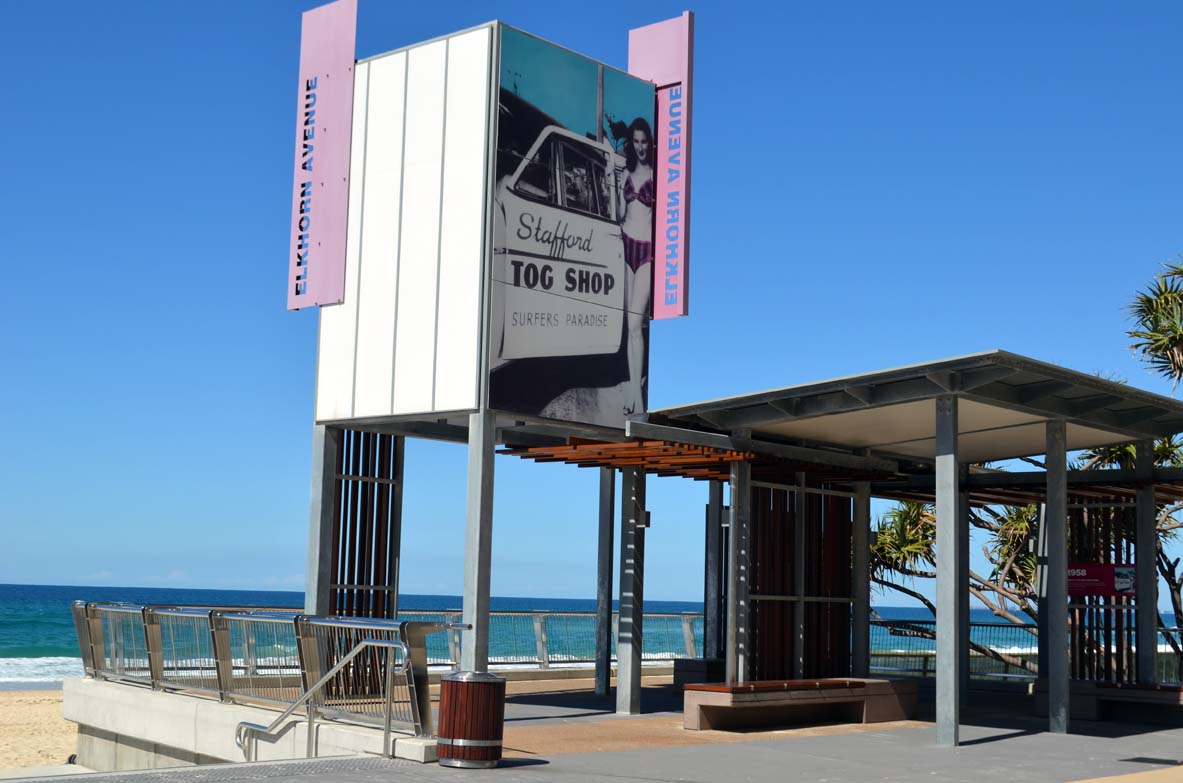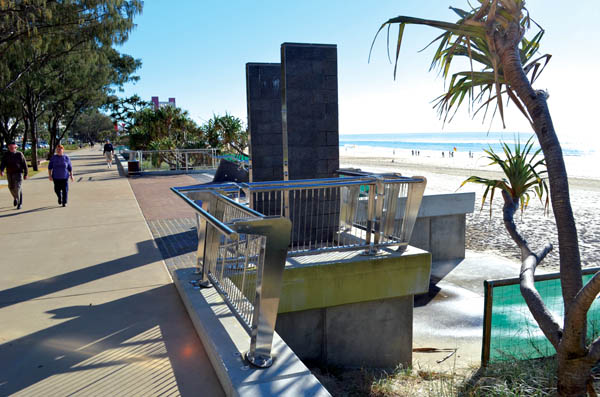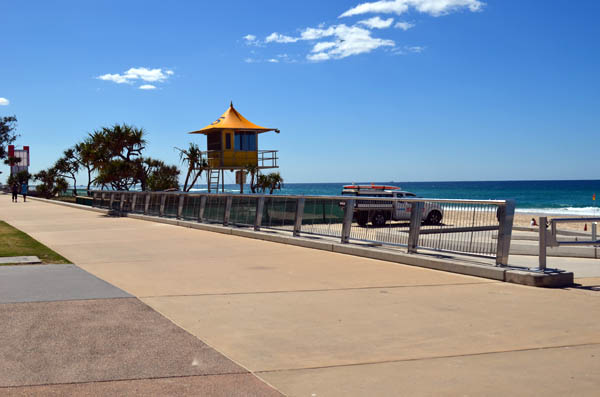
Stainless is a key feature in the urban design and revamp of one of the Gold Coast's most iconic and vibrant tourist destinations.
The $25 million Surfers Foreshore Pro ject was commissioned by the Gold Coast City Council (GCCC) to redevelop the beachfront area between Laycock Street and View Avenue in Surfers Paradise.
ject was commissioned by the Gold Coast City Council (GCCC) to redevelop the beachfront area between Laycock Street and View Avenue in Surfers Paradise.
Aimed at improving infrastructure and visitor recreation, the new promenade features new lifeguard towers, amenity blocks, beach shelters, picnic areas with barbeques, and increased pedestrian and disability access to the beach.
Managing Contractor Abigroup Contractors Pty Ltd appointed ASSDA member and Accredited Fabricator J&T Mechanical Installation to fabricate and install the stainless steel architectural handrails and balustrades across stages 1, 2 and 3.
Trent Todd, J&T Mechanical Installation’s Director, said that with the handrails and balustrades being installed less than 30m from the shoreline, stainless steel was the  only choice to withstand the harsh coastal environment to help resist tea staining and ensure long-term durability and performance.
only choice to withstand the harsh coastal environment to help resist tea staining and ensure long-term durability and performance.
A 2009 GCCC study in affiliation with Griffith University saw the GCCC adopt stainless steel as the default specification for structures with a design life of more than 19 years in foreshore zones.
This followed research results showing the material required lower maintenance and was the most effective in life cycle costs when compared with hot dipped galvanized (HDG) steel, paint systems and duplex systems using both HDG and paint.
At a total cost of approximately $80,000, the stainless steel handrails and balustrades span 1300m across the esplanade that fronts Surfers Paradise Beach.
Grade 316L stainless steel was specified for these elements of the project, which included 36 sheets of 10mm thick plate measuring 1500mm x 3000mm supplied by ASSDA member Allplates. ASSDA Sponsor STM Tube Mills Pty Ltd supplied 1300m of 50.8mm x 1.6mm thick tube. Another 3500m of 1/4” wire was also sourced for the balustrading.
All the flat and tube components including 124 stanchions were laser cut and folded by Allplates.
Stanchions and base plates were machine polished to 600 grit by ASSDA member and Accredited Fabricator Minnis & Samson to give the stainless steel an even polish and the stanchions a square edge. The stanchions were electropolished before being delivered back to J&T Mechanical Installation’s workshop for assembly.
J&T Mechanical Installation fabricated the top (50.8mm x 1.6mm tube) and bottom (folded channel, 4mm thick) rail frames with two vertical 16mm diameter solid round bar intermediate supports. Infill wires at 6.4mm diameter were positioned with swage fittings and lock nuts on each end to construct the vertical balustrades.
On site, J&T Mechanical Installation completed civil works prior to installation, including pre-drilling with the fasteners for the base plates to which the stanchions were then bolted. The rail frames were welded to the stanchions in 2.1m sections.
Following installation, a proprietary stainless steel cleaner was applied to remove any oxides, and a mild cleaner was followed to provide surface protection and inhibit corrosion.
Architectural feature lighting was installed to illuminate the pedestrian walkways at night.
The Surfers Foreshore Project was completed in April 2011 and today continues to thrive as the Gold Coast’s most popular entertainment precinct where city meets the surf.
Images courtesy of Allplates.
This article is featured in Australian Stainless magazine, issue 51.